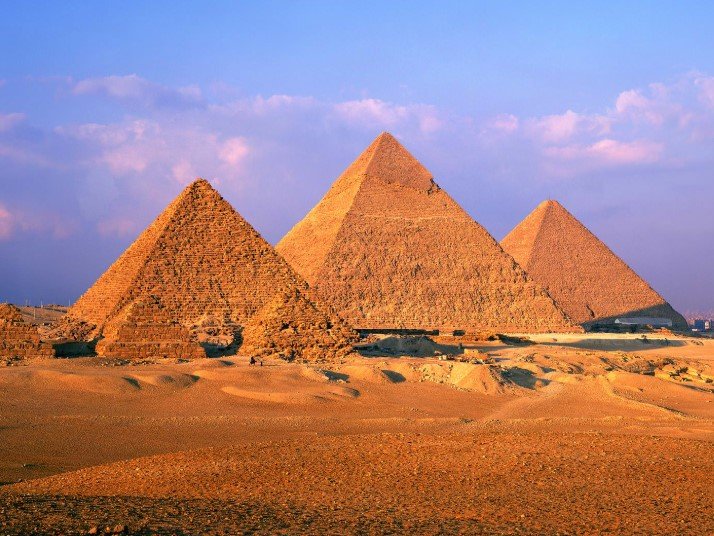Ancient Egyptian pyramids spark endless curiosity, especially about booby traps and hidden treasures meant to protect pharaohs’ tombs. Recent discussions, including a 2025 article from an archaeology expert, reveal that deadly traps are mostly movie myths, while real protections and treasures served practical and spiritual purposes.
The Truth Behind Pyramid Myths
People often picture pyramids filled with swinging blades or poison darts, thanks to films like Indiana Jones. But experts say these ideas come from fiction, not facts.
Archaeologists have explored pyramids for years and found no evidence of mechanical traps that could harm intruders. Instead, the structures used clever designs to confuse robbers.
This matches what researchers shared in recent online talks and articles. For instance, complex tunnels and false doors made it tough for thieves to find the real burial spots.
Hollywood has shaped our views, but real history shows Egyptians focused on smart architecture over deadly gadgets.
Real Ways Egyptians Protected Tombs
Pyramid builders created mazes with dead ends and hidden chambers to trick intruders. These designs could leave robbers lost for hours or days.
Heavy granite blocks often sealed passages, too massive for one person to move. Teams of workers placed them during construction, ensuring no easy access after.

Curses carved on walls warned of divine punishment, playing on fears of gods and bad luck. Many robbers believed these and stayed away.
Deep pits or uneven floors added simple obstacles, slowing down anyone who entered without causing fatal harm.
Experts note that police and laws in ancient Egypt also punished tomb robbers harshly, adding another layer of protection.
Why Hide Treasure Inside Pyramids?
Treasures like gold, jewels, and tools went into pyramids to help pharaohs in the afterlife. Egyptians believed rulers needed these items for their journey beyond death.
Items included food, furniture, and boats, all meant for eternal use. This practice showed the pharaoh’s power and prepared them for immortality.
Hiding these riches deep inside kept them safe from thieves who targeted tombs for quick wealth. Robberies happened often, even in ancient times.
Recent studies highlight how these burials reflected beliefs in gods like Osiris, who ruled the underworld.
Families and priests added personal items, making each tomb a snapshot of the era’s culture and economy.
Famous Pyramids and Their Secrets
The Great Pyramid of Giza, built around 2580 BC for Pharaoh Khufu, features hidden tunnels but no traps. Explorers in the 1800s found empty chambers, likely robbed long ago.
Other sites, like the Bent Pyramid, have passages with stone blocks that acted as barriers. A 2021 discovery there revealed a possible decoy room.
Experts use modern scans to uncover more without digging. These tools show air pockets and possible undiscovered areas.
Here’s a quick look at key pyramids and their protective features:
| Pyramid Name | Location | Built For | Key Protection |
|---|---|---|---|
| Great Pyramid | Giza | Khufu | Mazes and heavy blocks |
| Bent Pyramid | Dahshur | Sneferu | False passages |
| Pyramid of Khafre | Giza | Khafre | Curses and pits |
This table shows how each used similar methods to safeguard contents.
Expert Views and Recent Finds
Archaeology fellows from places like the University of Queensland explain that traps are overstated. They point to natural barriers as the main defense.
A 2024 dig in Saqqara uncovered artifacts that confirm treasures were for spiritual needs, not just display.
Online forums and social media buzz with debates, but facts from scans and texts support the maze theory over myths.
These insights help us understand ancient minds better. Ongoing research might reveal more hidden chambers soon.
Lasting Mysteries of Ancient Egypt
Pyramids still hold secrets, blending engineering genius with deep beliefs. While no booby traps exist, the real story of protection and treasure fascinates just as much.
Share your thoughts on pyramid mysteries in the comments below, and pass this article to friends who love history.
